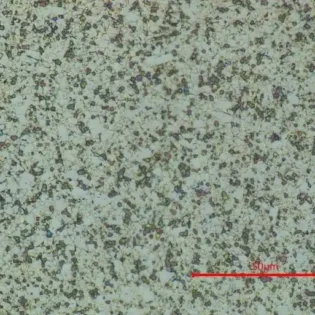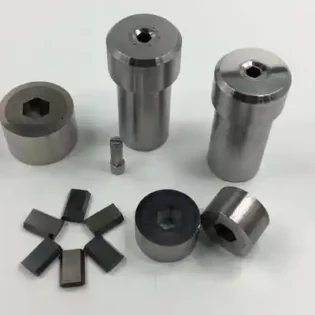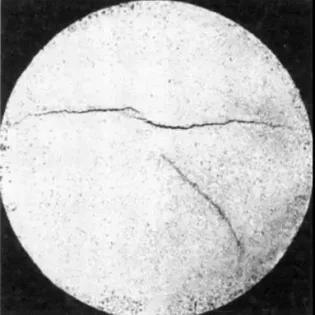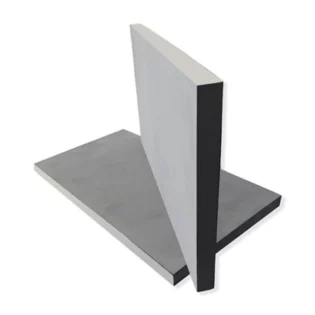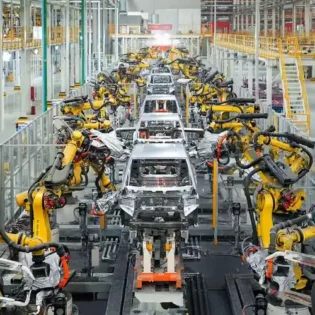
Binder Jetting 3D printing technology has enabled the creation of even more complex structures, including carbide?tools with internal cooling channels.Binder Jetting Metal 3D Printing Technology
What is Binder Jetting?
Binder Jetting 3D printing technology combines material jetting and sintering processes to produce fully dense metal components. The lower cost of equipment also means significantly reduced part costs, and low-cost, high-volume parts are crucial for transitioning to production. Binder Jetting metal 3D printing technology has the potential to replace low-volume, high-cost metal injection molding and can also be used to produce complex and lightweight metal parts in other fields, such as gears or turbine impellers, greatly reducing 3D printing costs and shortening delivery times.

In Binder Jetting 3D printing process, ceramic hard material powder particles, including tungsten carbide particles, are bound together layer by layer using a bonding material containing cobalt, nickel, or iron. This bonding material not only serves as the binder between powder layers but also imparts excellent mechanical properties to the product and enables the production of fully dense parts. It can even selectively adjust the bending strength, toughness, and hardness. These 3D printed carbide?molds have greater geometric freedom than molds produced by traditional methods, allowing for the creation of more complex geometries.

Advantages of 3D Printing Compared to Traditional Machining Processes
Traditional machining processes typically involve compressing tungsten carbide powder uniformly in a flexible bag to manufacture large-sized carbide?components or carbide components with high aspect ratios (such as end mills and drill bit shanks). Although the production cycle of the compaction method is longer than that of molding methods, the manufacturing cost of the tool is lower, making this method more suitable for small-batch production.
carbide?components can also be formed by extrusion or injection molding. Extrusion processes are more suitable for the large-scale production of axially symmetric shaped components, while injection molding processes are typically used for the large-scale production of complex-shaped components. In both molding methods, the grade of tungsten carbide powder is suspended in organic binders, giving the tungsten carbide mixture a paste-like uniformity. The mixture is then extruded through holes or molded into cavities. The characteristics of the tungsten carbide powder grade determine the optimal ratio of powder to binder in the mixture and have a significant impact on the flow of the mixture through the extrusion or into the mold cavity.
After molding, compaction, extrusion, or injection molding of the components, it is necessary to remove the organic binder from the components before the final sintering stage. Sintering removes pores from the components, making them fully (or substantially) dense. During sintering, the metal bonds in the compacted shaped components become liquid, but the components can still maintain their shape due to the combined action of capillary forces and particle contacts.
After sintering, the geometric shape of the components remains unchanged, but the dimensions shrink. To obtain the desired component dimensions after sintering, shrinkage must be considered when designing the tool. When designing the tungsten carbide powder grades used to manufacture each tool, it must be ensured that the correct shrinkage rate is achieved when compressed under appropriate pressure.

Furthermore, combining differentiated metal powders with binder jetting and laser powder bed 3D printing technologies, along with manufacturing expertise in post-printing processes, can expedite the production of finished components and molds, thereby reducing downtime and enhancing performance.

Meetyou carbide??is also committed to flexible customized design and manufacturing of special metal and alloy components such as high-temperature alloys and refractory metals. Meanwhile, it is upgrading to become an outstanding 3D printing solution provider for high-density, large-sized, and scalable production of tungsten components.



